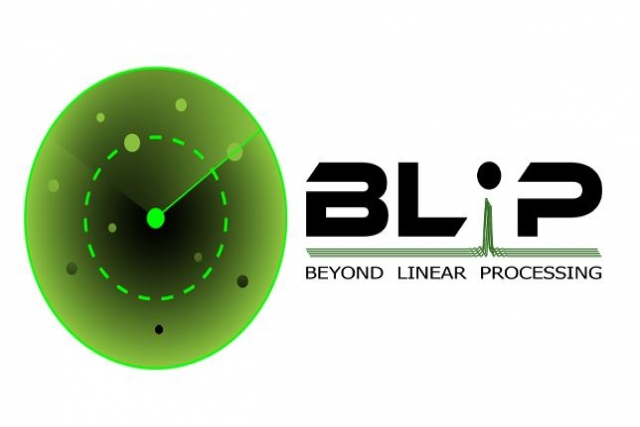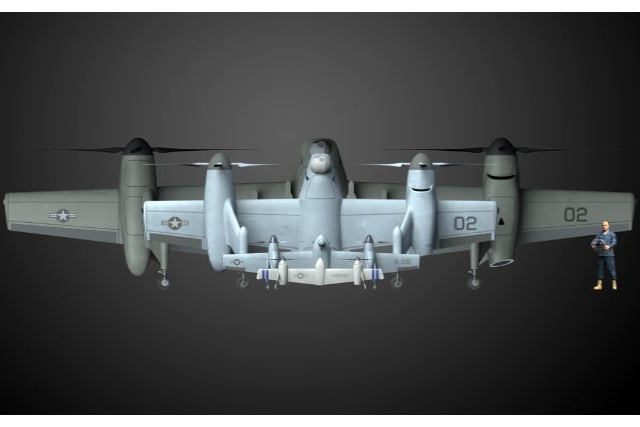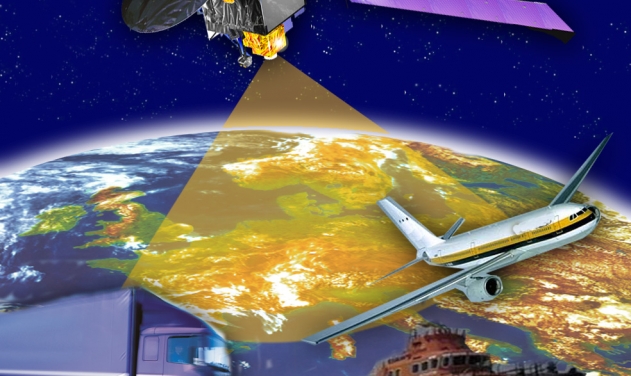DARPA to Revolutionize Radar Processing with Non-linear Technology

The Defense Advanced Research Projects Agency (DARPA) has launched Beyond Linear Processing (BLiP), a program to improve radar performance by applying innovative signal processing methods.
Radar systems have seen many technology improvements in apertures (antennas) and associated hardware and software since the nascent operational versions in World War II. What hasn’t changed significantly over the decades, however, is that radars still use linear signal processing between the aperture and the detector. In the 1940s linear radar signal processing used vacuum tubes and analog circuits, while current radars accomplish linear signal processing digitally with microchips and software.
BLiP will leverage high-power computer processing to explore new, non-linear and iterative signal processing techniques that could lead to lighter, smaller, and less expensive – but equally capable – radar systems. If successful, BLiP would enable the same radar performance achieved on large platforms today on much smaller sea, air, and ground platforms.
“A lot of radar improvements over the past 30 years have focused on growing the size of the aperture for greater sensitivity or increasing transmitter power,” said Frank Robey, BLiP program manager in DARPA’s Strategic Technology Office. “Those are important, but if we want to shrink aperture size by 50% and still get the same radar performance then we need to disrupt the linear signal processing paradigm. With the tremendous increases in computer processing power available today, we can take a fresh look at radar signal processing and explore iterative, leap-ahead techniques.”
BLiP will address the current immaturity of non-linear and iterative signal processing methods. Over the course of the two-year program, end-to-end radar signal processing chains will be developed, analyzed, implemented and tested – initially through non-real-time laboratory testing and culminating in real-time implementation and full-scale field testing using an operational National Weather Service radar. Key technical challenges for BLiP will be the development, understanding, and optimization of the signal processing chain, and the practical aspects of implementing BLiP algorithms using real-time, high-performance processing.









